Request for .410 Tests
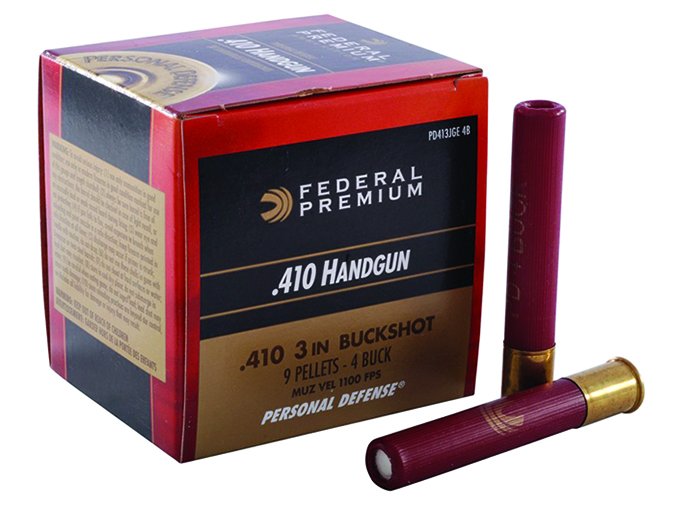
Good evening Todd: Let’s start with a fact: I love Gun Tests magazine and have had an unbroken record of subscription for over what — 15 years or more now? I never have any issues or concerns about the tests, articles, and guidance that Gun Tests has provided for all this time. I do have an “issue,” a “concern” if you will. I do not, have not, and probably never will buy a Taurus Judge. I like Taurus, but not the Judge.
I think the Judge has fundamentally devolved and changed the functional and applicable nature of the .410 shotgun shell, and .410s were always the “baby” of the shotgun family anyway! Gun Tests needs to thoroughly test .410 buckshot, slugs, and the “heaviest” loads (I know — a “jumbo shrimp” oxymoron) available in .410s in both the full-sized shotguns and the revolvers side by side. The Judge, and now the Governor, have diminished the “buckshot loads/defense loads” from 357 Magnum velocities in the 1100 to 1300 fps range down to 38 Special wadcutter and 32 S&W velocities in the 700- to 800-fps range. I can throw marbles faster than that!
Hmm, let’s see now: 357 Magnums vs. 38 Special wadcutters and 32 S&Ws for “defense.” Which ones are better? Doesn’t that sound like a Gun Tests test? These ammo manufacturers have done .410 shotgunners a tremendous disservice just to make it easier to extract the casings from revolver cylinders! Example: Nobel Sport used to offer a great, inexpensive .410 buckshot load that went 1320+ fps; now it’s 800 fps. “Great for handguns” means crappy for shotguns!
And what about the low-powered .410 shotgun string? How effective can a string of low-powered pellets be on target when they are slow — staggered on impact — and inaccurate? Gun Tests needs to test the side-by-side velocities, energies, ranges, accuracies, penetrations, and the effectiveness or ineffectiveness of these .410 loads and applications. Barrel lengths and velocities do make a difference, especially when you’re using “mouse rounds.” You know, a 22 LR compared to a 223: Both are 22s, but one is a lot more powerful.
Pump and single/top-break .410 Shotguns vs. the Judge and Governor handguns. May the best guns and loads win — but I’m betting on the shotguns!
— Leonard
Okay, Leonard, I’m discussing this with both Ralph Winingham and Bob Campbell to see how we might get this done. It’s a great idea. The .410 bore is the “baby” of the shotgun gauges, but I don’t know anyone who wants to get shot by one, whether fired from a handgun or a stocked shotgun. Could be fun to find out the downrange differences.
— Todd Woodard
Letter from a Young Reader
Mr. Woodard: My name is Trevor and I have been reading my Dad’s Gun Tests issues for a few years now. I am thirteen and have had an interest in guns for quite some time. Your magazine has played a big part in teaching me about guns, ammo, and gun care. I remember first learning about gun safety when I was about 4 years of age. I was in our basement and stumbled upon an old cap gun from my Dad’s childhood. I ran upstairs and told my Dad that there was a gun on the table. That was the defining moment that began my interest in firearms.
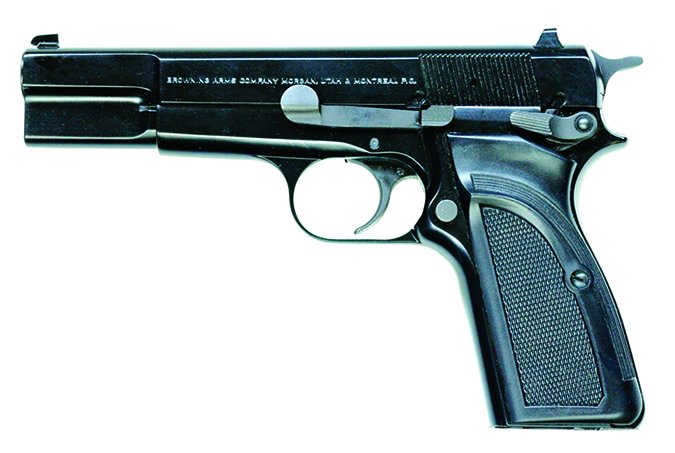
I was wondering if you could add to the tests a slide-pull weight. This would help other young people and people like my grandparents who may have a hard time pulling back the slide of many production handguns. Also, I was wondering if you could also add the amount of recoil each gun has in its respective test. This would also help readers like my grandparents, who don’t want to have their wrists aching the next day.
On a different note, I have been interested in a Browning Hi-Power for quite awhile, though I have never shot one. I would like to know if you and your team have reviewed this gun before and if you have any personal input on it. Finally, I am interested in a 40 S&W, though, yet again, I have never shot one, so your personal input on the round would be much appreciated. Keep up the good work.
— Trevor
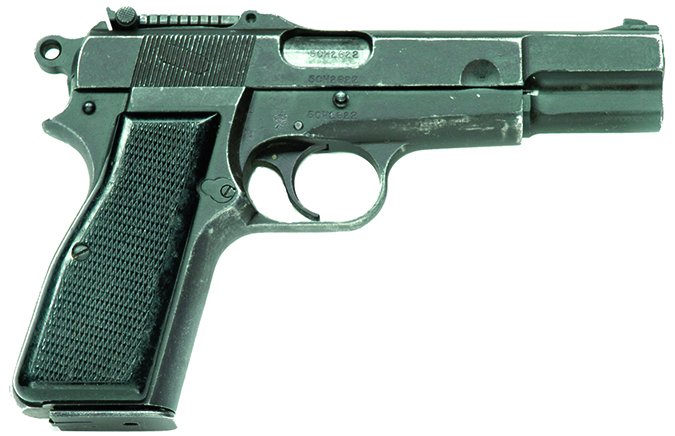
Hey Trevor: Glad to see your interest in learning about gun safety first. Yes, I plan to add slide-pull weight as a standard reporting line item as soon as I buy the necessary equipment and ship the tools to the staff later this year. We probably won’t add recoil energy to the measurements because it’s a calculation that doesn’t add much to our staff’s assessment of how a certain firearm pushes on the shooter. Grip and stock design contribute to how recoil is perceived by the shooter, even when the recoil energy for two firearms is the same. But you can see how recoil energy varies by firearm and cartridge by logging on to ShootersCalculator.com and plugging in the variables listed there. Also, I hate to disappoint you, but I don’t usually share my personal opinions about firearms or cartridges. The value of a Gun Tests evaluation is because we solicit a range of opinion about the side-by-side performance of firearms and aggregate that into a report in which we detail certain facts, disclose our biases or basis for making certain judgments, then render an opinion of a firearm for the benefit of the readers. When I am personally involved in a test, I’m careful not to let my opinions overwhelm the rest of the team. My hands are a certain size; my eyes see a certain thing; my tastes in what I like are just like everyone else’s — personal. So, what I like about a given gun carries less weight than what our evaluations have reported. So here’s some of what we’ve said about the Hi-Power over the years.

September 2000: Browning Hi-Power HP40, $608. Grade: A. “The Hi-Power, despite its low market profile, is a satisfying gun to own, and with its history, there are enough aftermarket parts and refinements to hold its owner’s interest. For single-action-only fans, this would be our first choice.”
September 2009: Browning Hi-Power Mk III No. 051002393 9mm Luger, $979. Grade: D. “Yep, it’s a classic Hi-Power, but with an epoxy finish. It’s a single-action gun that can be carried cocked and locked. But the trigger was all of 10 pounds, not what you’d expect on a $1000 handgun. Workmanship was generally excellent, and the gun was smooth, but all the spring forces were high. The gun still won’t fire with the 13-round magazine removed, a holdover from 1935.”
January 2011: Inglis Hi-Power w/Stock 9mm Luger, $1650. Grade: A. “Not quite a battered old war relic, the Inglis-made Hi-Power was an interesting study, we thought. Its Parkerizing finish was slightly worn, but intact enough to make this an excellent example of a WWII-era Hi-Power. The stock added to its aura.”
As far as the 40 S&W round, I’ve never personally owned a handgun chambered for it. It’s comparatively expensive next to the 9mm Luger and 45 ACP, and loads for both of those can do what the 40 can do most of the time. Now, a 10mm — that’s a different forty I have some interest in. — tw
Re: “The 44 Special: An Old Number Is Revitalized by Modern Loads,” January 2017
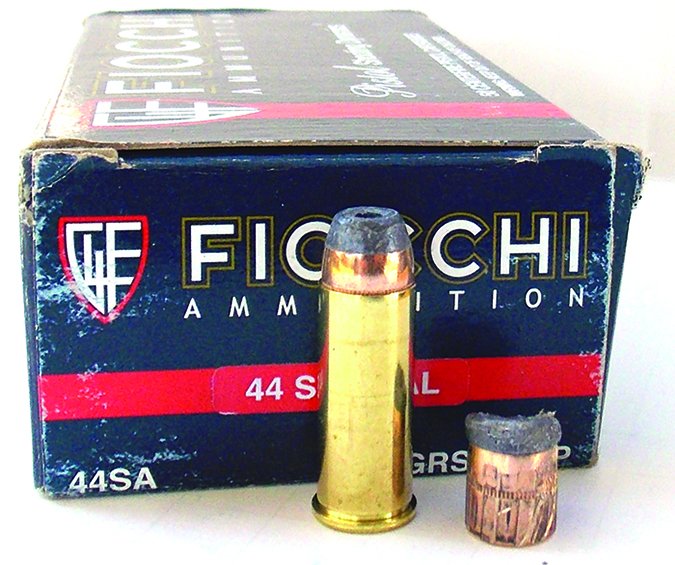
Having read everything in print by Elmer Keith since 1946 and his book Hell, I Was There, I defer to his knowledge when it comes to the 44 Special and other large-caliber handgun bullets. His Lyman 429421 semi-wadcutter cast from Lyman #2 lead was designed to cut full-caliber holes for maximum penetration. Keith never relied on a soft-lead bullet because expansion stops penetration.
Soft-lead bullets are nothing new, and I have cast soft 44-caliber bullets that expand in phone books and look like the Buffalo Bore LSWC, as shown on page 20 of the January 2017 issue. Penetration was disappointing compared to the hard lead 44 bullet, which had four times the penetration.
The Fiocchi 200-grain bullet is the best bullet in the tested lot, and it would be better if it was a hard cast 429421-style semi-wadcutter.
If you have to shoot through a sheetrock wall to hit an attacker behind it, you may be disappointed. Or if the attacker is wearing a leather jacket and you have to penetrate those layers of the leather, you may also be disappointed with the performance of the soft bullet.
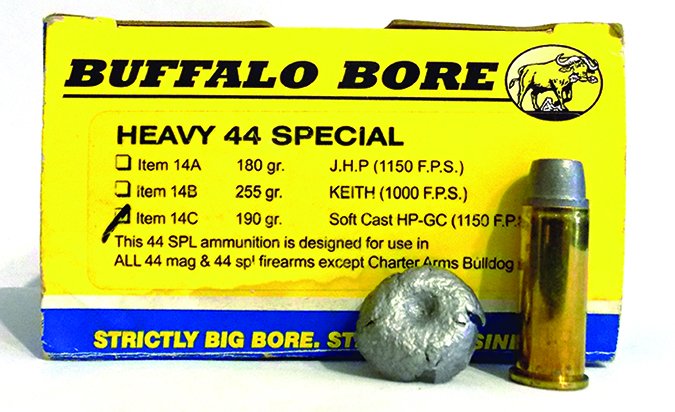
Shooting the Model 21 or the Bulldog with wood grips is pure torture. Fitting the Pachmayr or the Crimson Trace grips is well worth the money. I enjoy reading your magazine very much, and you can print me if you choose to.
— Jim
It is interesting to see how cartridges come and go out of favor with shooters. We’ve touted the 44 Special for many years as a powerful, but controllable, self-defense and hunting round. So, now it is gratifying to see the cartridge get chambered in Ruger’s new GP100 wheelgun line. The GP100 has long been loaded in 357 Magnum, 38 Special, and 327 Federal Magnum rounds, and now, some 30 years after its introduction, it comes in a five-shot 3-inch 44 Special. — tw
Re: “357 Magnum Personal Defense Loads: Black Hills Is a Best Buy,” February 2017
Todd, I was going through this issue and had a question on the ammunition comparison on page 29. In the second sentence of the second paragraph in the second column, it reads, “He noted that the 22 LR, as an example, was a proven, though under-regarded, self-defense round when fired from a rifle largely because of the ease with which accuracy was obtained.” Because the article is about 357 Magnum personal-defense loads, was the use of 22 LR a mistake? I do enjoy the articles that you continue to put out. Thanks.
— Dean
Well, that seems to be poorly phrased. What it means is: Even the rimfire 22 can be a decent self-defense round when fired from a rifle — that is, a longer barrel. Same with the 357 Magnum — its reputation is largely based on testing done from 4-inch barrels, as we did in that test. The lingering issue is how effective will the 357 be in a shorter barrel? We’re simply recognizing that short-barrel performance can be very different for the 357 Magnum, and that’s what the 22 LR reference was meant to convey. — tw





























